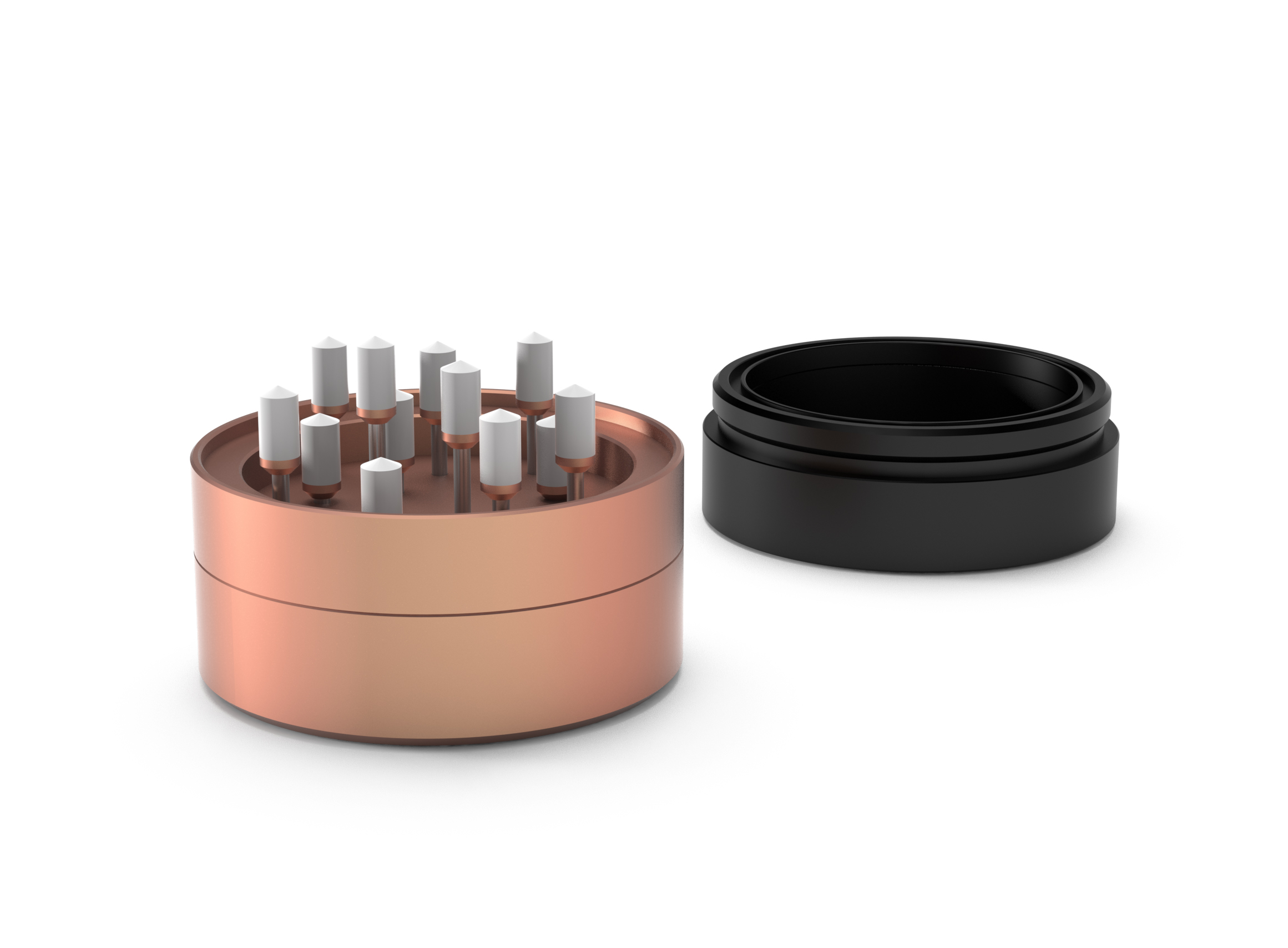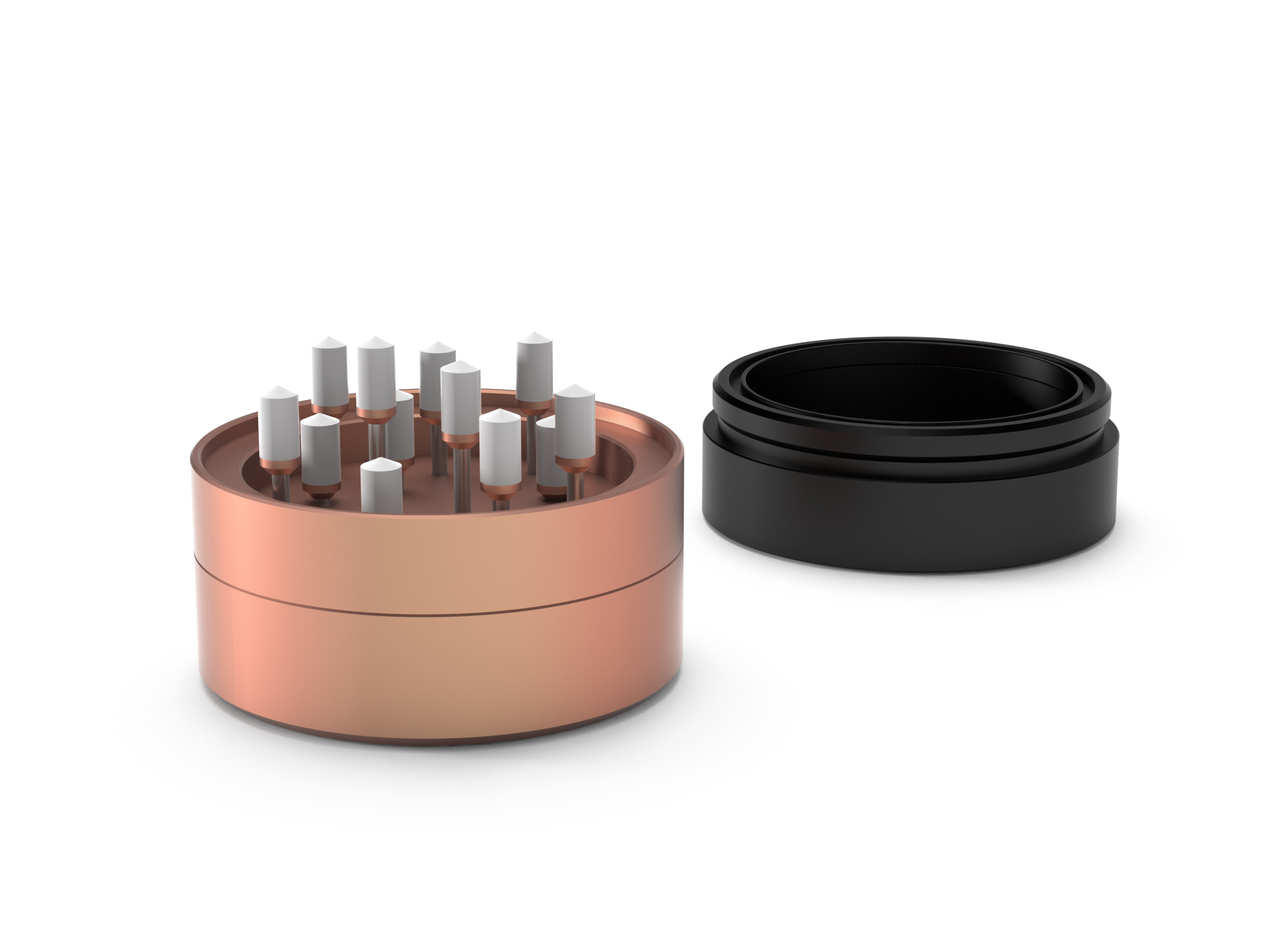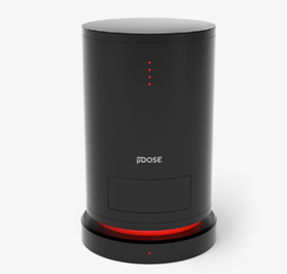miDose Solutions at DLED2022
We are happy to let you know that miDose Solutions was once again present at the DLED Conference (4-6 Nov). This year’s edition was organised by the University of Cologne and took place in Bonn, Germany.
Our fellow researchers and participants were able to visit our stand and get a closer look at the equipment we offer and had a chance to ask any and all questions they had.
Our representatives also presented posters of their work and research, which included the practical use of the μDose System.
The Conference was a lot of fun, both professionally and socially speaking 😄 and we are looking forward to the next one!

(by J. Rocznik)
















